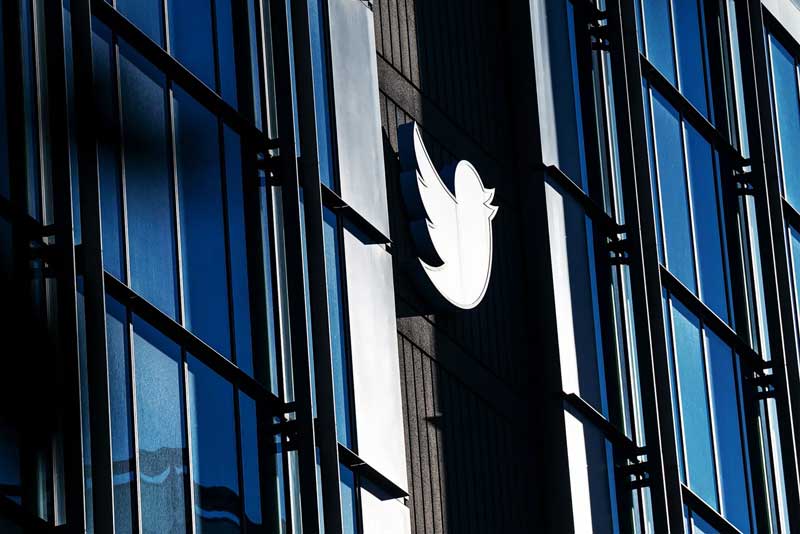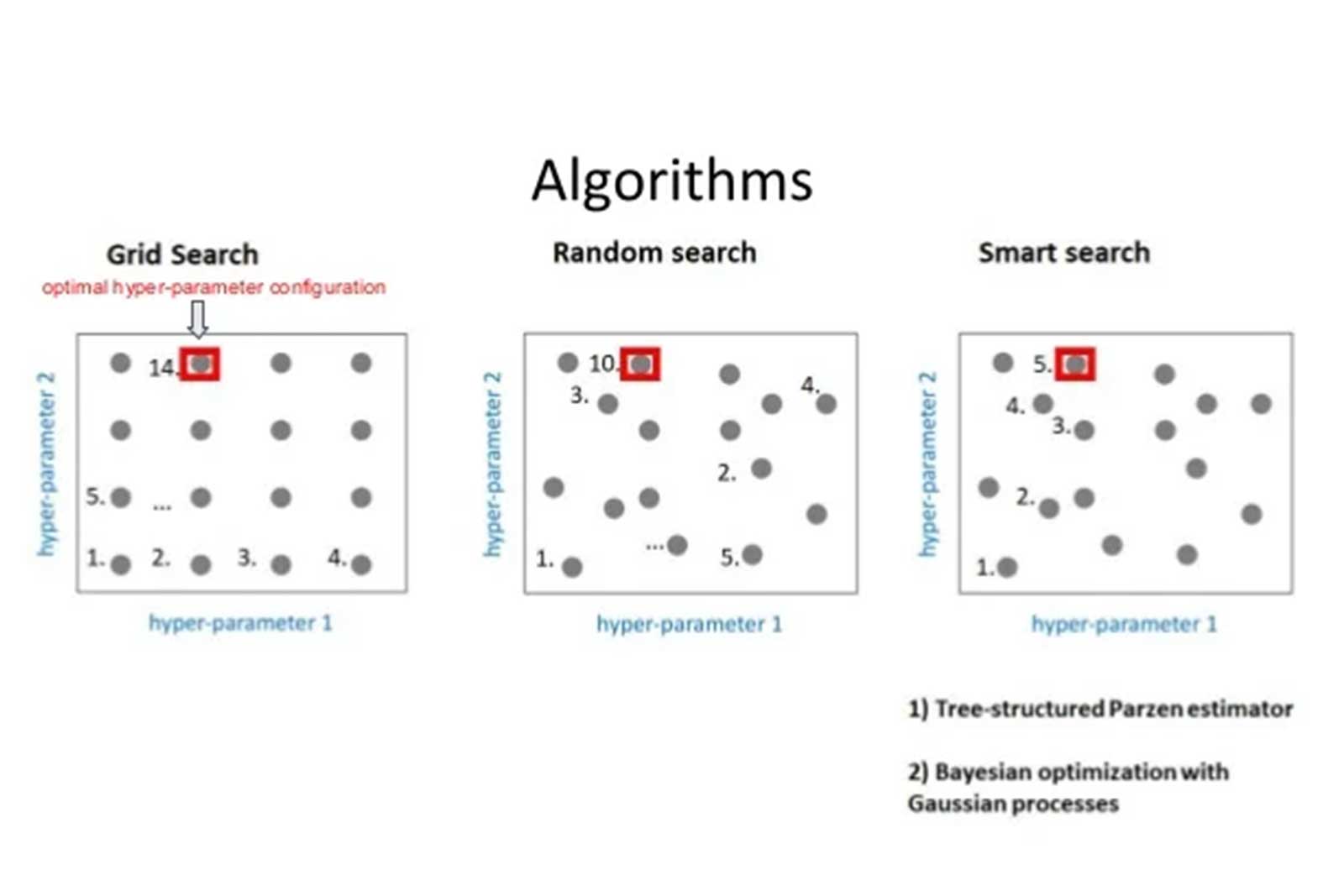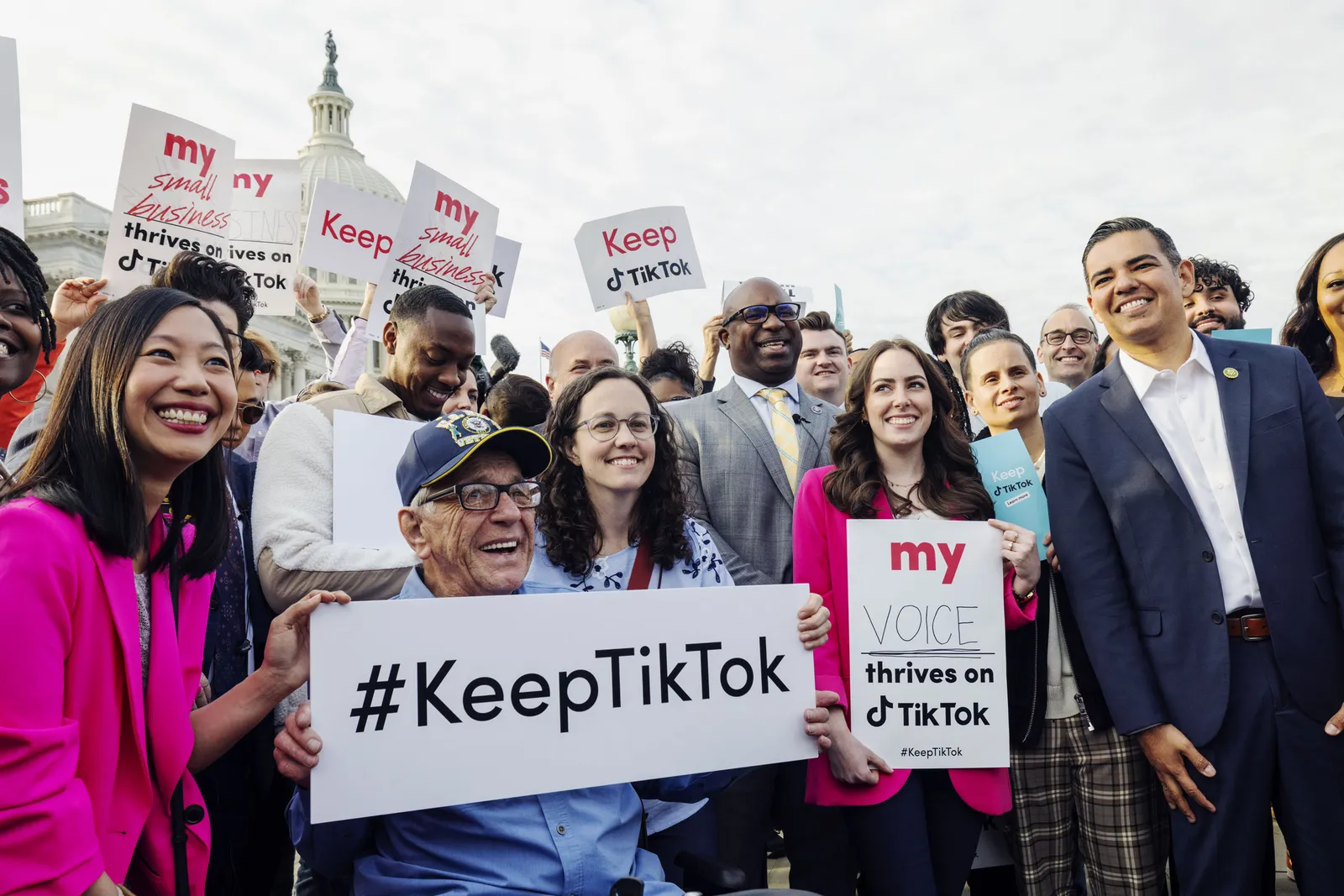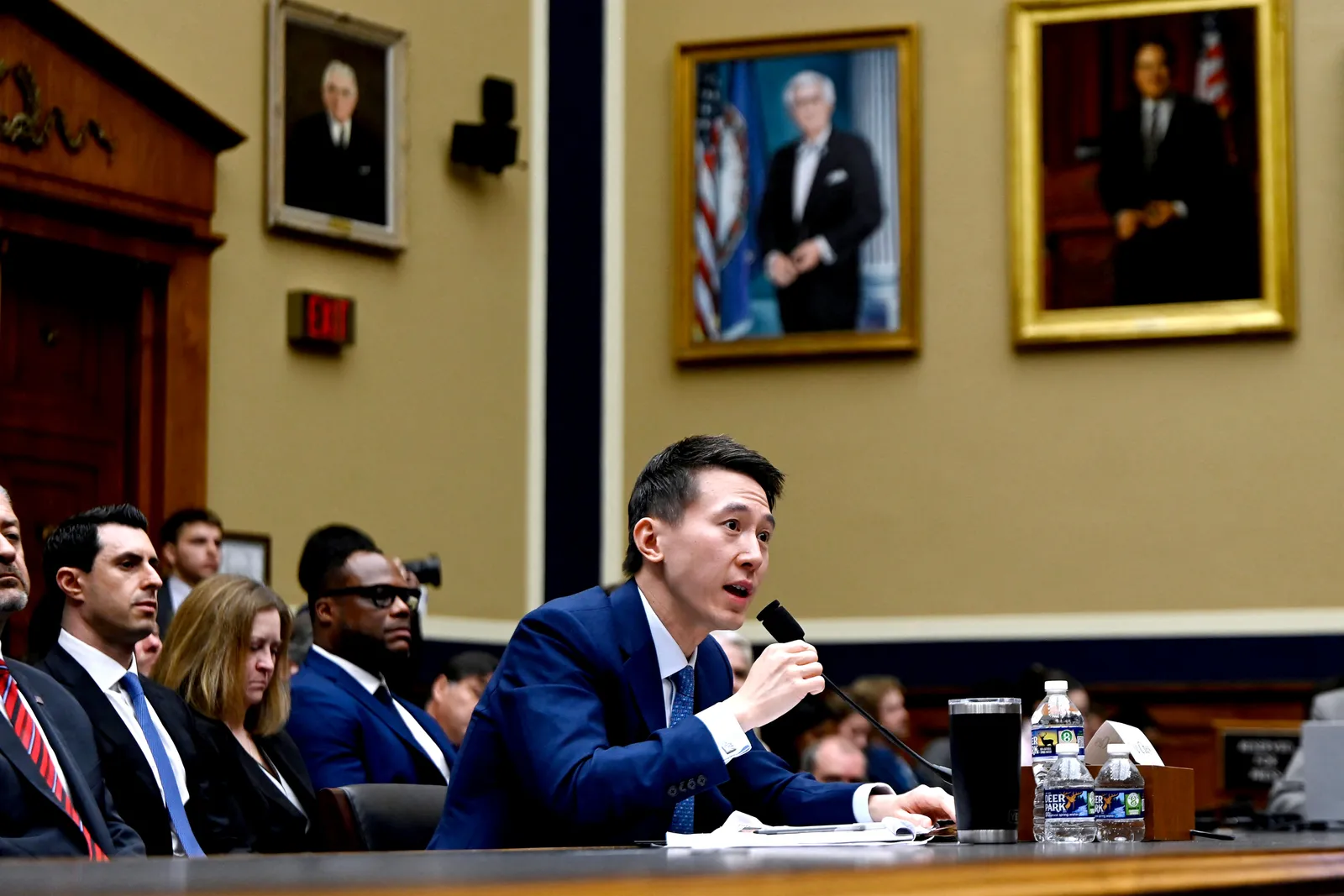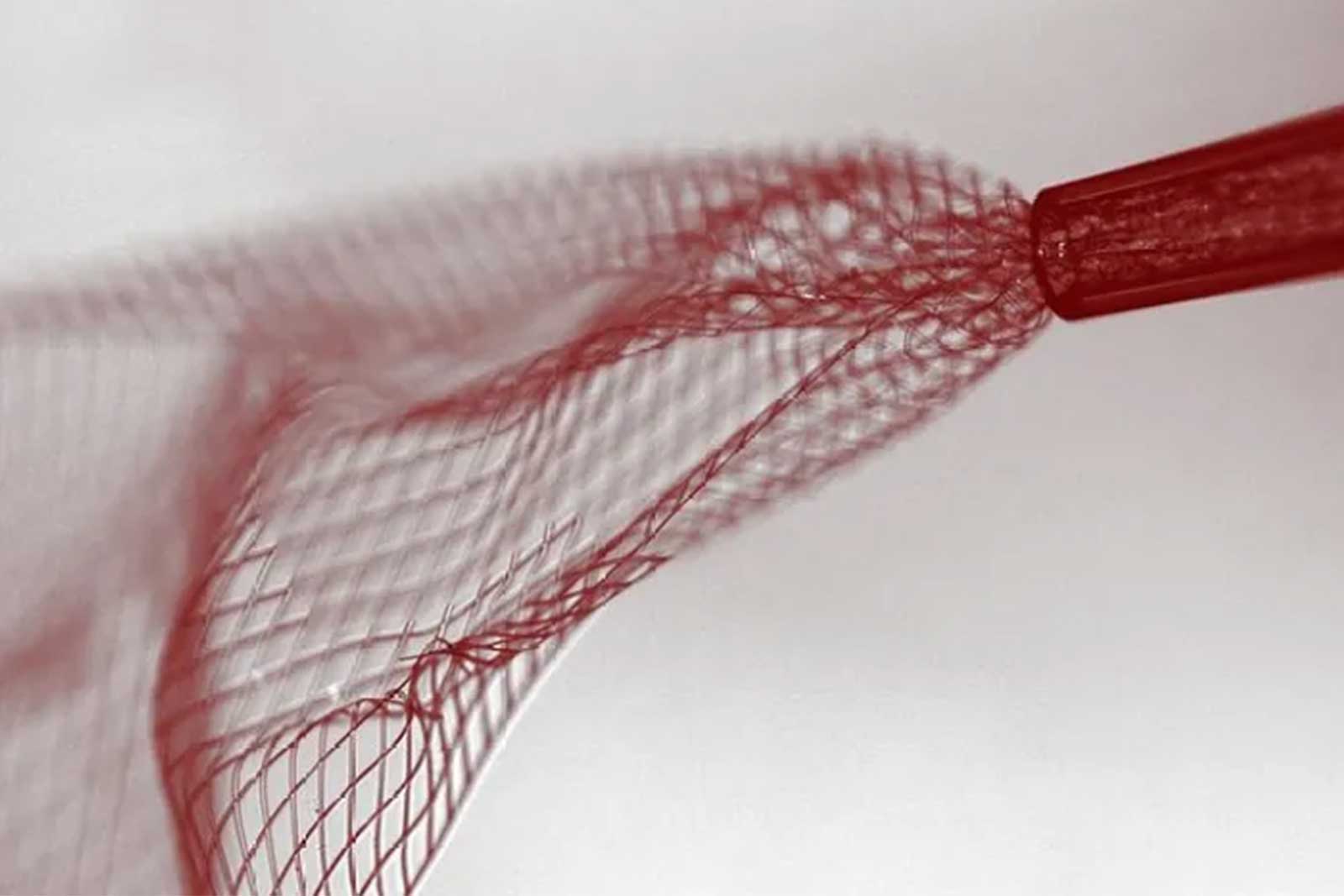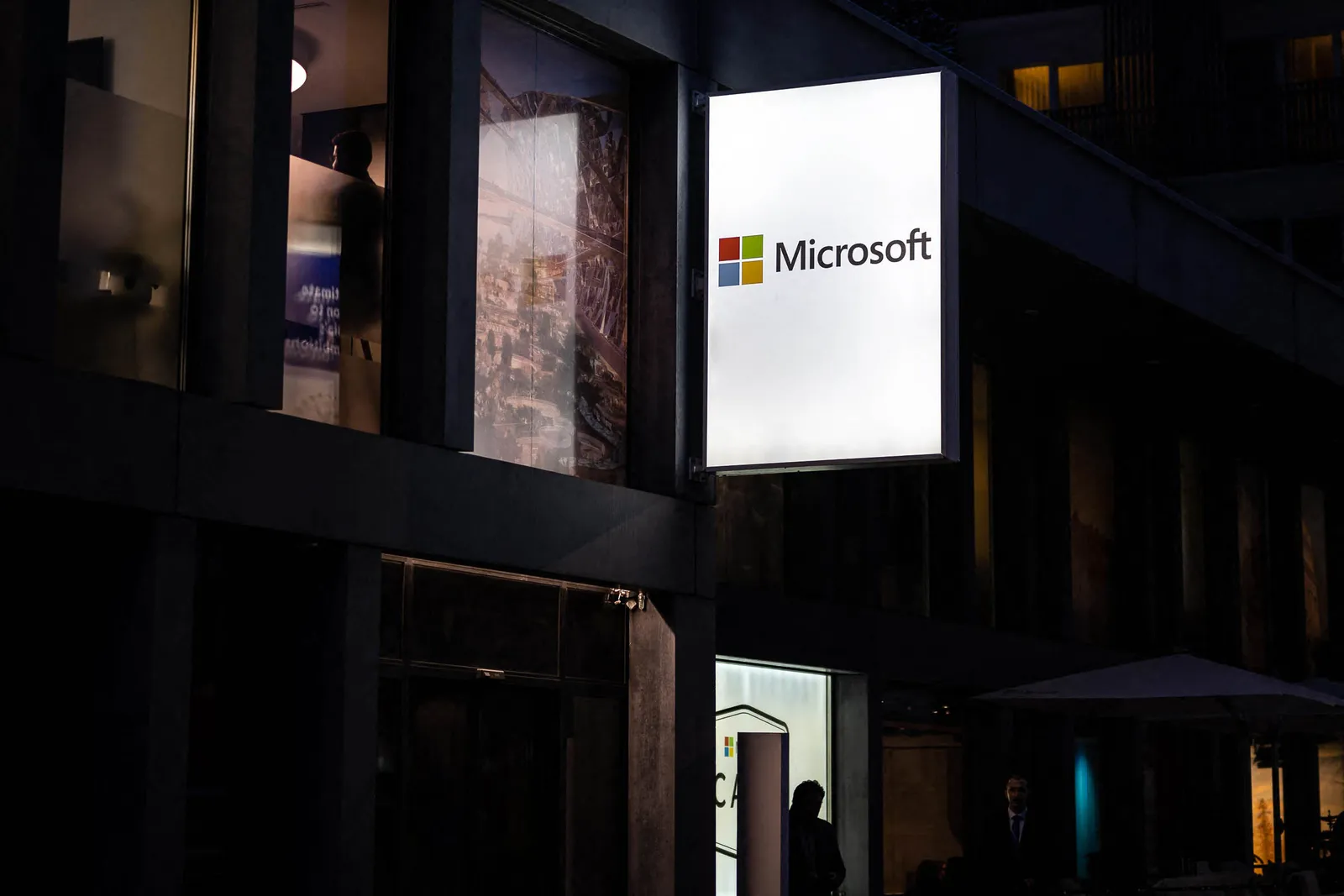A Gene Therapy Cure for Sickle Cell Is on the Horizon
Two life-altering treatments could soon be available, but questions remain about how accessible and affordable they’ll be.
EVIE JUNIOR’S LIFE has been defined by pain. He was born with sickle cell disease, which causes red blood cells to be sticky and C-shaped, not smooth and round. These cells are supposed to move freely through blood vessels, carrying oxygen to the body. But in people with this inherited form of anemia, they clump together and block blood flow. This triggers excruciating episodes known as pain crises, which can happen anywhere in the body and last for hours or even weeks. The disease damages organs over time and can cause strokes and early death.
People with sickle cell are often fatigued because their red blood cells die fast, cutting off oxygen to the body. Strenuous exercise, sudden temperature changes, and dehydration can also trigger a pain crisis. Growing up in the Bronx, in New York City, Junior recalls getting winded easily and having to be careful when playing sports or swimming. The pain was so bad that he often missed school.
As an adult, it didn’t get easier. Sometimes he could ward off the pain with ibuprofen and get back to work the next day. But every few months, a severe crisis sent him to the hospital. Things got so bad that in 2019, he enrolled in a clinical trial at the University of California, Los Angeles, which has been testing a gene therapy to cure sickle cell. It involves genetically modifying patients’ blood-forming stem cells in the lab so that they can produce healthy red blood cells. The procedure is experimental. Junior knew there was a chance it wouldn’t work. “I felt like it was time for a Hail Mary,” he says. “My entire life up until that point was being sick.”
In July 2020, he received a one-time infusion of his own altered stem cells. Three months after the treatment, tests showed that 70 percent of his blood cells had the intended change—far above the threshold needed to eliminate symptoms. He hasn’t had a pain crisis since. He can do more outdoor activities, and he doesn’t have to worry about missing work. He plans to go skydiving soon—something he never would have dreamed of doing before. “My quality of life is so much better now,” he says.
Junior, who's now 30 years old, is one of dozens of sickle cell patients in the US and Europe who have received gene therapies in clinical trials—some led by universities, others by biotech companies. Two such therapies, one from Bluebird Bio and the other from Crispr Therapeutics and Vertex Pharmaceuticals, are the closest to coming to market. The companies are now seeking regulatory approval in the US and Europe. If successful, more patients could soon benefit from these therapies, although access and affordability could limit who gets them.
“I’m optimistic that this will be a game-changer for these patients,” says Cheryl Mensah, a hematologist at Weill Cornell Medicine and New York-Presbyterian Hospital, who treats adults with sickle cell disease. “If more patients undergo curative therapies, especially at younger ages, there will be fewer adults who have chronic pain and fatigue.”
SICKLE CELL DISEASE affects around 100,000 people in the US, and millions around the world. The vast majority are of African ancestry, but the disease also affects Hispanic people from Central and South America and those of Middle Eastern, Asian, Indian, and Mediterranean descent.
Gene therapy also carries inherent risks. With the gene addition approach that Bluebird Bio and UCLA are using, the viral vectors tend to insert randomly in the genome, and there’s a longstanding concern that inserted genetic material could accidentally activate a nearby cancer gene, spurring disease. (Bluebird’s trial was temporarily halted by the FDA in February 2021 when two patients developed cancer, but the company determined that the cases were not related to the therapy.)
And while the curative potential of gene therapy is huge, it comes at a steep price. Last year, CSL Behring won FDA approval for a gene therapy to treat hemophilia B, a bleeding disorder. Called Hemgenix, it’s the most expensive drug in the world at $3.5 million for a one-time infusion. Other gene therapies have debuted at more than $2 million.
In the US, about two-thirds of sickle cell patients are covered under Medicaid, the federal health insurance program for people with limited incomes. But Medicaid budgets are different from state to state and vary in what they cover. And while private insurance covers other gene therapies, patients with those plans may face high deductibles, co-pays, or other medical costs.
If both the Bluebird Bio and Crispr therapies are approved, competition could help drive down prices. And more options may be close behind. Beam Therapeutics is enrolling patients in a trial using a more precise version of Crispr called base editing to alter blood cells.
“In the sickle cell world, we’re very happy to see that these therapies are coming soon,” says Melissa Creary, an assistant professor of health and policy at the University of Michigan. “But even when it comes to market, it’s not going to be everywhere right away.” That’s because of the complexities of administering the therapy, which can be done only at bone marrow transplant centers. In a February financial update, Stuart Arbuckle, Vertex’s chief operating officer, said the companies plan to offer their Crispr therapy at 50 centers in the US and 25 in Europe.
Creary, who has sickle cell, also worries that many patients may not be able to access the therapy because they can’t travel or take time off work, or don’t have financial or family support for the long recovery period.
One of gene therapy’s biggest unknowns is whether a single infusion will truly be a lifelong cure. Trials haven’t followed patients for a long enough time to show whether sickle-shaped blood cells eventually come back. Junior tries not to think about this possibility, although any hint of pain makes him anxious that a crisis may be coming on. Researchers will follow him for 15 years after his initial treatment to learn whether the therapy is still working. So far, so good.
Still, he has complicated feelings about the word cure. “I still have all the scars of sickle cell,” he says. Gene therapy didn't erase the emotional toll of living with the disease, or the bone and joint damage it had caused. That said, he hopes more people will get the same opportunity he’s had: “It would mean that they would have the right to a normal life, where nothing was off the table.”





